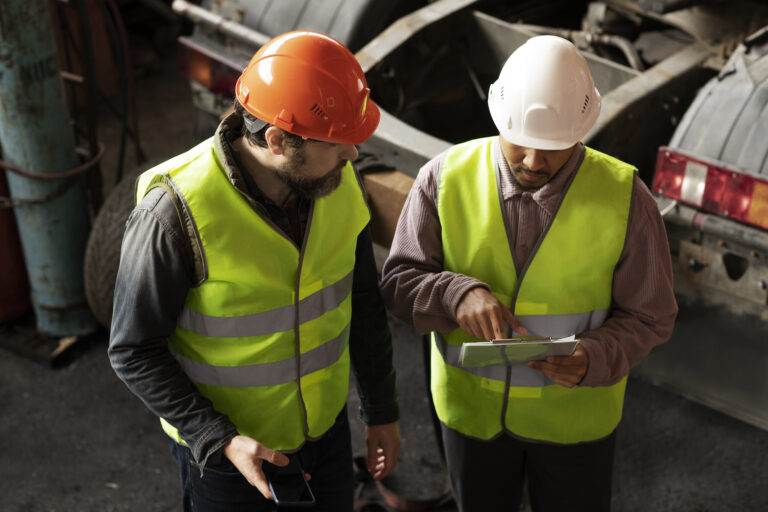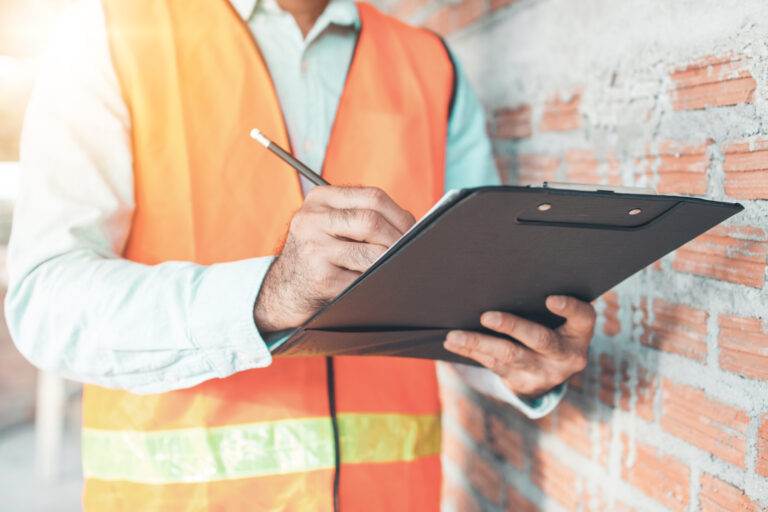Importance of Safety and Compliance in Coastal Areas
Understanding the Risks Associated
Coastal areas, while breathtaking and essential for biodiversity, come with unique risks that must be understood to ensure safety and compliance. The dynamic nature of coastal environments means that they are constantly changing, leading to hazards such as:
- Erosion and Flooding: Rapid coastal erosion can undermine structures, while storm surges can result in devastating flooding.
- Wildlife Interactions: Encounters with dangerous wildlife, such as jellyfish or sharks, can pose health risks to both residents and visitors.
- Marine Pollution: Toxic substances from a variety of sources can contaminate the water, endangering both marine life and public health.
Understanding these risks is critical for effectively mitigating them and ensuring the safety of all who frequent these areas.
Legal Regulations and Standards
In addressing coastal risks, adherence to legal regulations and standards is paramount. Various agencies, both local and federal, establish guidelines that govern activities in coastal zones. Some key regulations include:
- Coastal Zone Management Act (CZMA): This act promotes the protection of coastal resources and mandates comprehensive management plans.
- National Environmental Policy Act (NEPA): NEPA requires environmental assessments before major projects, emphasizing the importance of minimizing ecological impacts.
By staying informed of these regulations, coastal communities can not only enhance safety but also promote sustainable practices that benefit everyone.
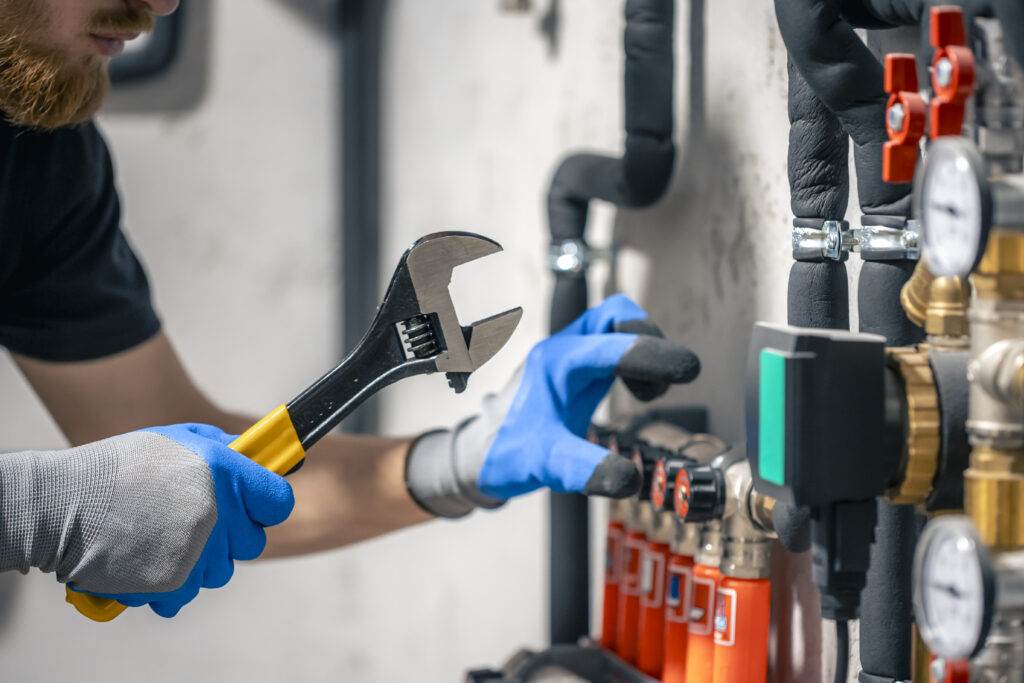
Risk Assessment and Prevention Strategies
Identifying Potential Hazards
To create a safe environment in coastal areas, it is crucial to begin with identifying potential hazards. Conducting a thorough risk assessment allows stakeholders to understand the specific challenges they face. Common hazards might include:
- Severe Weather Events: Hurricanes and tropical storms can lead to significant damage.
- Slips and Falls: Wet, sandy surfaces increase the likelihood of accidents.
- Water Quality Issues: Contaminated water can lead to health risks for swimmers and marine users.
Collaborating with local environmental experts can help in spotting these hazards effectively, leading to a proactive approach to safety.
Implementing Safety Measures
Once hazards are identified, implementing targeted safety measures becomes essential. These measures can include:
- Installing Warning Signage: Clear signs alerting visitors to potential dangers can significantly reduce risks.
- Regular Maintenance: Keeping coastal infrastructures, like walkways and railings, in optimal condition ensures safety.
- Emergency Preparedness Drills: Conducting drills for severe weather can prepare the community for quick and efficient responses.
Through these proactive strategies, coastal areas can enhance their safety and ensure compliance, protecting both residents and visitors alike.
Training and Emergency Preparedness
Staff Training for Safety Protocols
In the ever-changing coastal environment, adequate training for staff is vital to ensure safety and compliance. Staff training programs should encompass clear safety protocols to equip employees with the knowledge and skills necessary to respond effectively to emergency situations. Key areas to focus on include:
- Identifying Hazards: Training employees to recognize and assess potential risks in their surroundings.
- First Aid and CPR: Providing essential training in first aid and CPR can save lives in emergencies.
- Evacuation Procedures: Staff should be familiar with evacuation routes and protocols in case of severe weather or other emergencies.
Regular training sessions will not only enhance staff confidence but also promote a culture of safety within the organization.
Developing Emergency Response Plans
Apart from training, developing comprehensive emergency response plans is crucial for preparedness. These plans should outline steps to take during various emergency scenarios, ensuring everyone knows their roles and responsibilities. An effective emergency response plan should include:
- Communication Strategies: Clear instructions on how to communicate during emergencies.
- Designated Roles: Assigning specific roles to staff members for better coordination.
- Regular Drills: Conducting drills to familiarize staff with the procedures and improve response time.
By investing in training and well-structured emergency plans, coastal areas can enhance their resilience and ensure the safety of everyone involved.
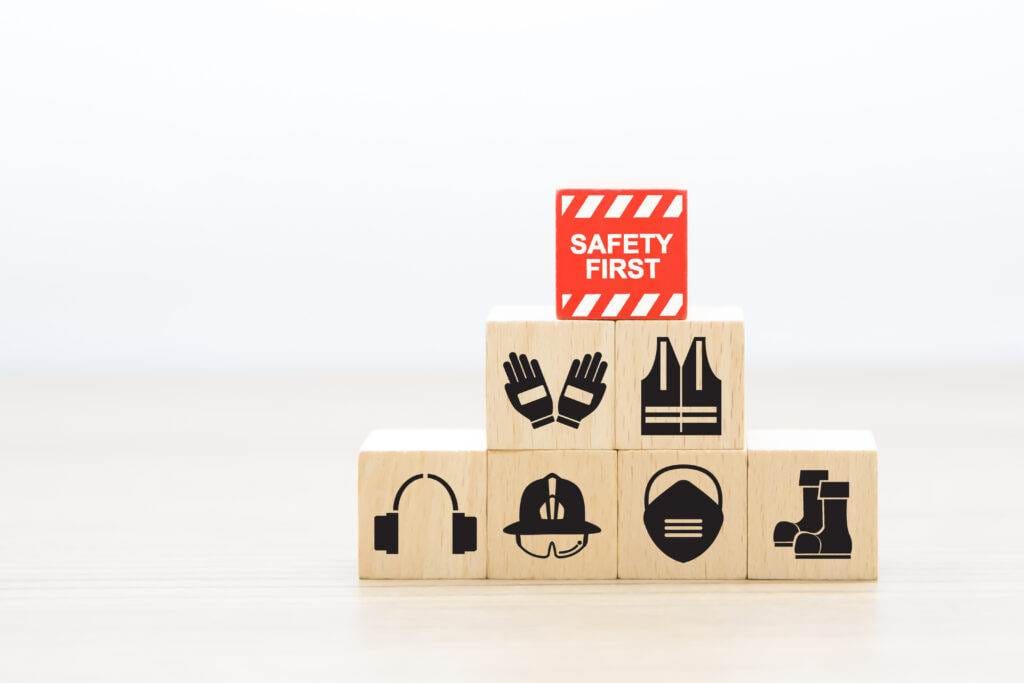
Environmental Impact Mitigation
Waste Management Practices
Continuing the theme of safety and compliance, addressing environmental impact is integral to the sustainability of coastal areas. Effective waste management practices play a crucial role in mitigating adverse effects on marine and coastal ecosystems. By implementing robust waste management strategies, communities can minimize pollution and protect their environment. Key practices include:
- Recycling Initiatives: Encouraging recycling of plastics and other materials reduces landfill waste and protects marine life from plastic pollution.
- Regular Clean-Up Events: Organizing community clean-ups not only helps to remove debris but also fosters a sense of responsibility for the environment.
- Proper Disposal Sites: Setting up designated waste disposal areas ensures that waste is handled correctly, preventing it from reaching ocean waters.
Pollution Control Measures
In addition to effective waste management, robust pollution control measures are essential. Coastal areas must monitor and regulate potential sources of pollution to maintain water quality and protect biodiversity. Essential measures include:
- Industrial Regulations: Ensuring that industries operate within environmental guidelines to limit harmful emissions and discharges into waterways.
- Runoff Mitigation: Implementing measures like vegetative buffers or rain gardens can help absorb and filter stormwater before it enters the ocean.
- Education Programs: Raising public awareness about pollution impacts encourages responsible behavior and compliance with environmental standards.
Through these combined efforts, coastal communities can significantly reduce their environmental footprint and create a healthier ecosystem for future generations.
Maintenance and Inspections
Regular Inspection Procedures
Transitioning from environmental impact mitigation, the importance of thorough maintenance and inspections cannot be overstated in coastal safety management. Regular inspection procedures play a pivotal role in identifying issues before they escalate into significant problems. Key steps in an effective inspection routine include:
- Scheduled Inspections: Establishing a regular timetable for inspections helps ensure that all facilities and equipment are assessed consistently.
- Checklist Utilization: Creating comprehensive checklists enables inspectors to systematically review critical areas, such as safety barriers, walkways, and signage.
- Documentation: Keeping detailed records of inspections, findings, and corrective actions can improve accountability and track patterns over time.
Maintenance of Safety Equipment
Equally important is the maintenance of safety equipment, which forms the backbone of any safety plan. Regular upkeep ensures that safety gear is in optimal condition and ready for use when needed. Recommended maintenance practices include:
- Routine Checks: Conducting routine inspections of safety equipment like life vests, fire extinguishers, and rescue boats ensures they function correctly.
- Replacement Protocols: Establishing clear guidelines for the timely replacement of worn or outdated equipment helps maintain safety standards.
- Training on Equipment Use: Regular training sessions on how to properly use safety equipment can empower staff and enhance readiness during emergencies.
By prioritizing maintenance and inspections, coastal communities can foster a culture of safety and compliance that protects both people and the environment.

Collaboration and Communication
Coordination with Local Authorities
Following the critical aspects of maintenance and inspections, collaboration and communication among stakeholders are vital for enhancing safety in coastal areas. Effective coordination with local authorities sets the foundation for comprehensive safety strategies. Working closely with local agencies allows for:
- Information Sharing: Keeping an open line of communication provides communities with timely updates on weather warnings, environmental changes, and safety regulations.
- Resource Efficiency: Pooling resources—such as personnel and equipment—can maximize operational effectiveness during emergencies.
- Community Engagement: Involving local authorities in safety planning encourages community input, fostering a sense of collective responsibility.
Communication Channels for Emergencies
In tandem with coordination, establishing reliable communication channels is essential for swift action during emergencies. Communities should invest in systems that facilitate the rapid dissemination of information. Key elements to consider include:
- Alert Systems: Implementing automated alert systems, such as text or email notifications, can quickly inform residents of risks like flooding or hazardous weather.
- Social Media Platforms: Leveraging social media enables real-time updates and reinforces community awareness.
- Regular Training: Organizing training for staff and community members on communication protocols improves responsiveness during crises.
By fostering strong collaboration and effective communication, coastal areas can ensure a unified response to safety challenges, ultimately enhancing the well-being of all residents and visitors.
Case Studies and Success Stories
Examples of Effective Safety Practices
Building on collaboration and communication, examining real-world case studies can illuminate effective safety practices in coastal areas. One notable example is the implementation of a comprehensive storm preparedness program in a coastal town that faced regular hurricane threats. Benefits of their approach included:
- Community Drills: Regular evacuation drills ensured residents understood escape routes and safety protocols, significantly reducing panic during actual events.
- Partnerships: Collaborating with local NGOs helped distribute emergency supplies and resources efficiently, fostering resilience in the community.
- Education Initiatives: Providing workshops on flood preparedness empowered residents with knowledge to protect themselves and their properties.
Lessons Learned from Past Incidents
Equally important are the lessons learned from past incidents, which can inform future safety measures. One critical takeaway from a previous flooding incident was the necessity for robust communication mechanisms. Key lessons include:
- Real-Time Alerts: Communities recognized the need for instant communication tools to provide timely updates during disasters.
- Infrastructural Improvements: Assessing and enhancing drainage systems prevented similar flooding in subsequent seasons.
- Community Involvement: Engaging residents in developing safety plans fostered ownership and proactive behavior in emergencies.
By studying both successes and challenges, coastal regions can enhance their safety protocols and prepare for future incidents effectively.
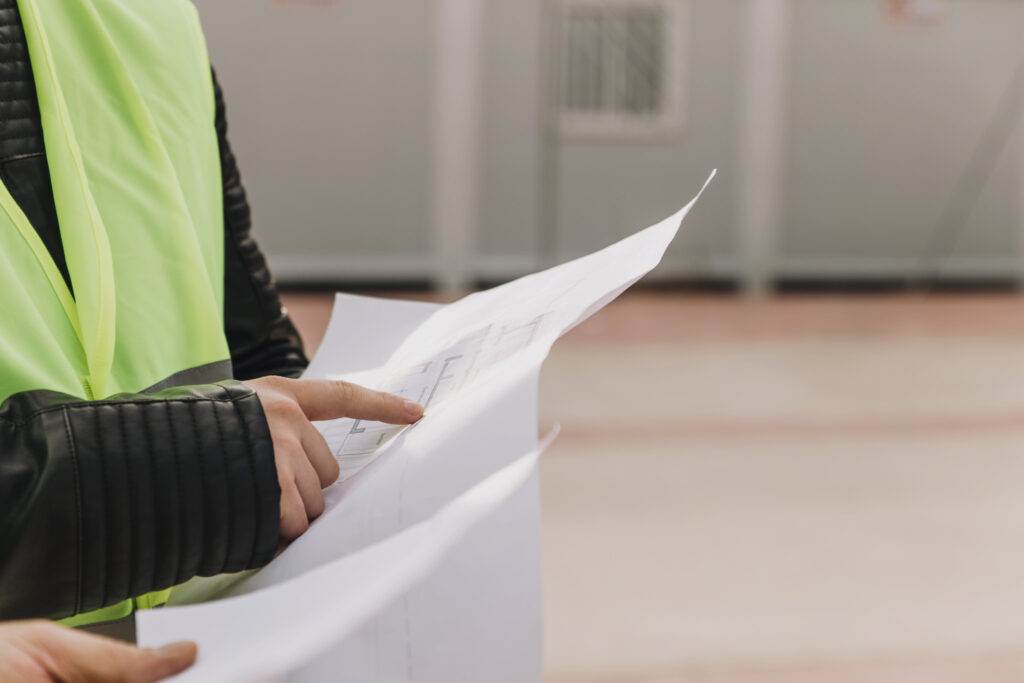
Continuous Improvement and Adaptation
Reviewing and Updating Safety Protocols
Continuing from the valuable insights gained from past experiences, continuous improvement and adaptation are essential for the safety and resilience of coastal areas. Regularly reviewing and updating safety protocols ensures that communities remain well-prepared to face evolving challenges. Effective strategies for this include:
- Annual Reviews: Conducting yearly evaluations of existing safety protocols allows for adjustments based on new data, technology, and feedback from stakeholders.
- Stakeholder Involvement: Engaging community members and local authorities in these reviews fosters broader perspectives and enhances overall safety measures.
- Responsive Protocols: Keeping safety protocols flexible ensures they can swiftly adapt to changing environmental conditions or emerging threats.
Incorporating Lessons from Incidents
Incorporating lessons from past incidents is another cornerstone of continuous improvement. Key practices for leveraging these lessons involve:
- After-Action Reports: Creating comprehensive reports following any incidents helps identify what worked, what didn’t, and areas for progress.
- Training Updates: Implementing updated training programs based on real-life scenarios prepares staff and volunteers for similar events in the future.
- Feedback Mechanisms: Establishing channels for community feedback creates a culture of learning and ensures protocols remain relevant and effective.
By committing to continuous improvement, coastal communities can reinforce their resilience and ensure safety measures evolve alongside emerging challenges.
Conclusion and Future Outlook
Recap of Essential Safety Measures
As we conclude our discussion on safety and compliance in coastal areas, it’s crucial to recap the essential safety measures that form the backbone of effective management. From understanding the risks and maintaining open lines of communication to ensuring proper training and implementing robust waste management practices, each component plays a vital role in safeguarding both people and the environment. Key takeaways include:
- Regular Inspections: Consistent checks of equipment and infrastructure help in identifying potential hazards before they escalate.
- Comprehensive Training: Staff and community training enhance preparedness and response during emergencies.
- Community Engagement: Involving residents in safety discussions fosters a sense of shared responsibility.
Emerging Trends in Coastal Area Safety
Looking ahead, several emerging trends are influencing safety practices in coastal regions. Innovations in technology, such as real-time alert systems and drone monitoring, are paving the way for more efficient hazard detection and response. Additionally, environmental sustainability is becoming increasingly prioritized, with communities adopting green infrastructure to manage water runoff and prevent pollution. By embracing these trends and committed to continual improvement, coastal areas can create safer, more resilient environments for future generations.



